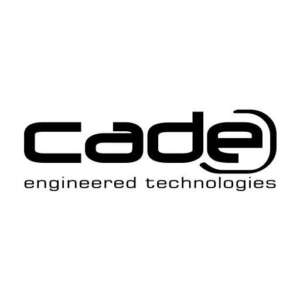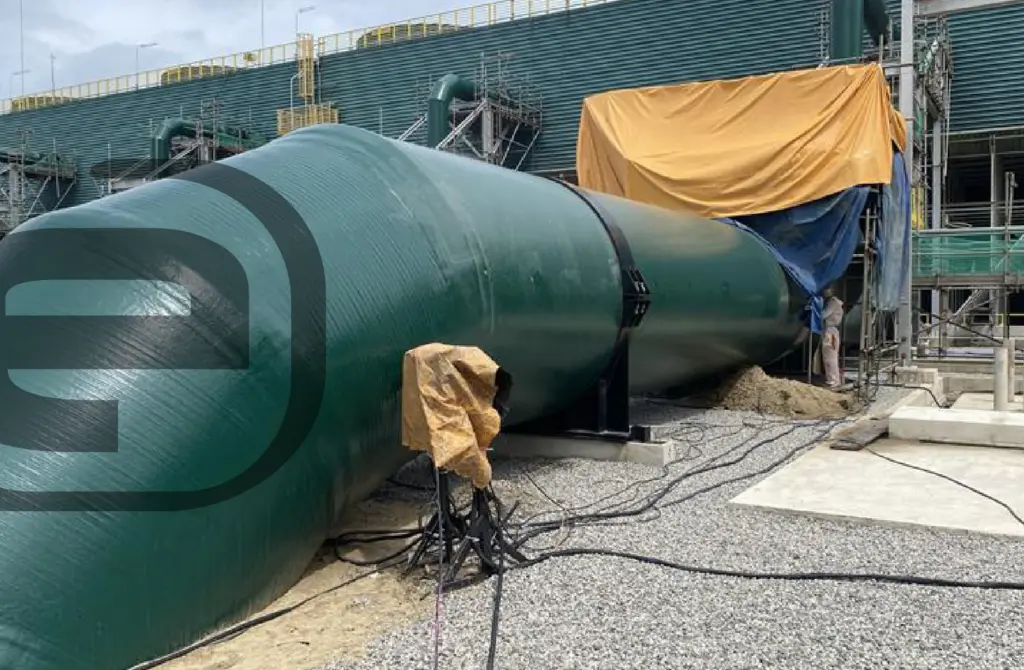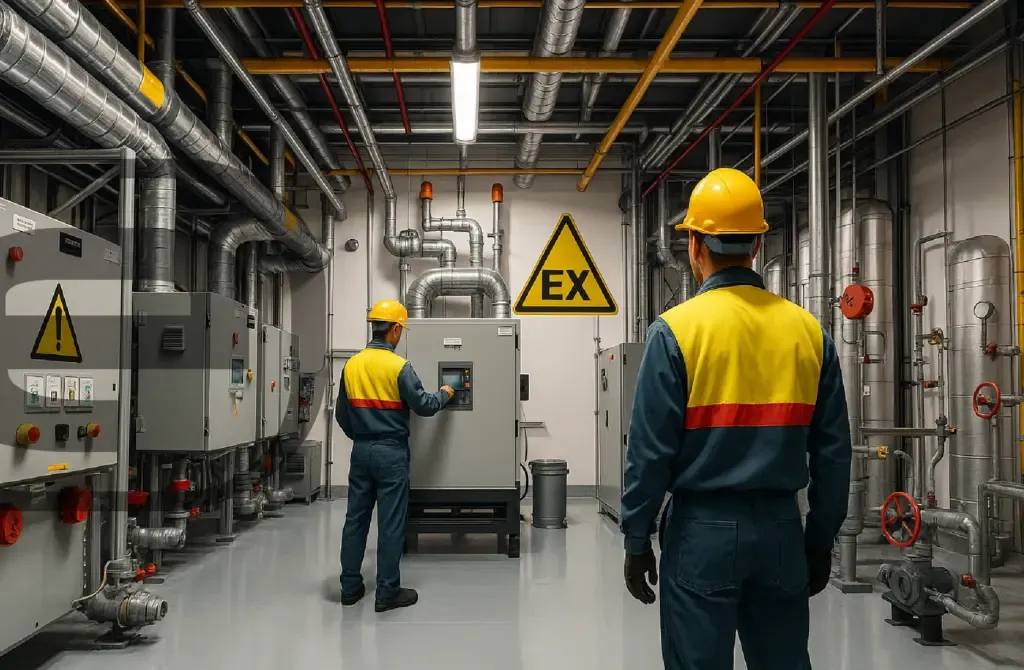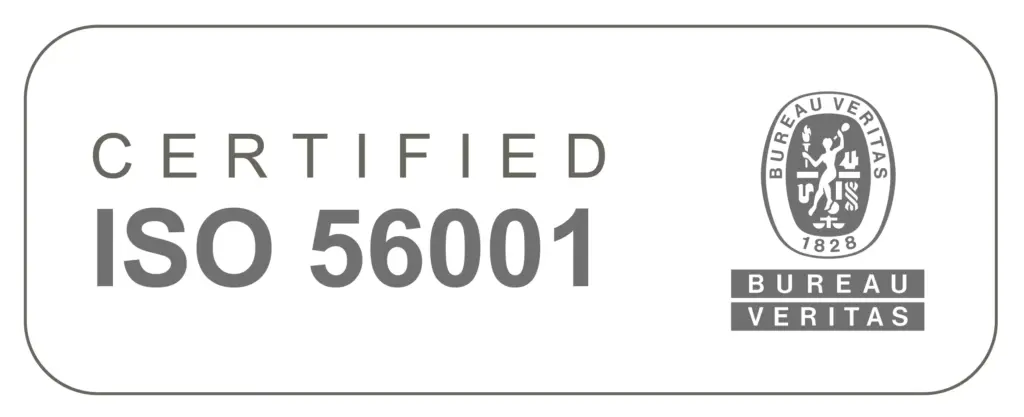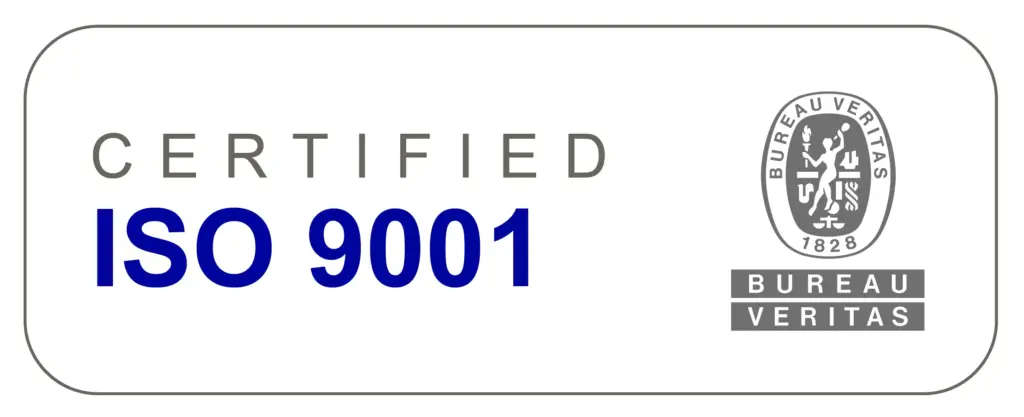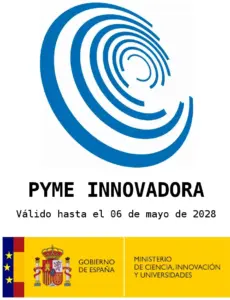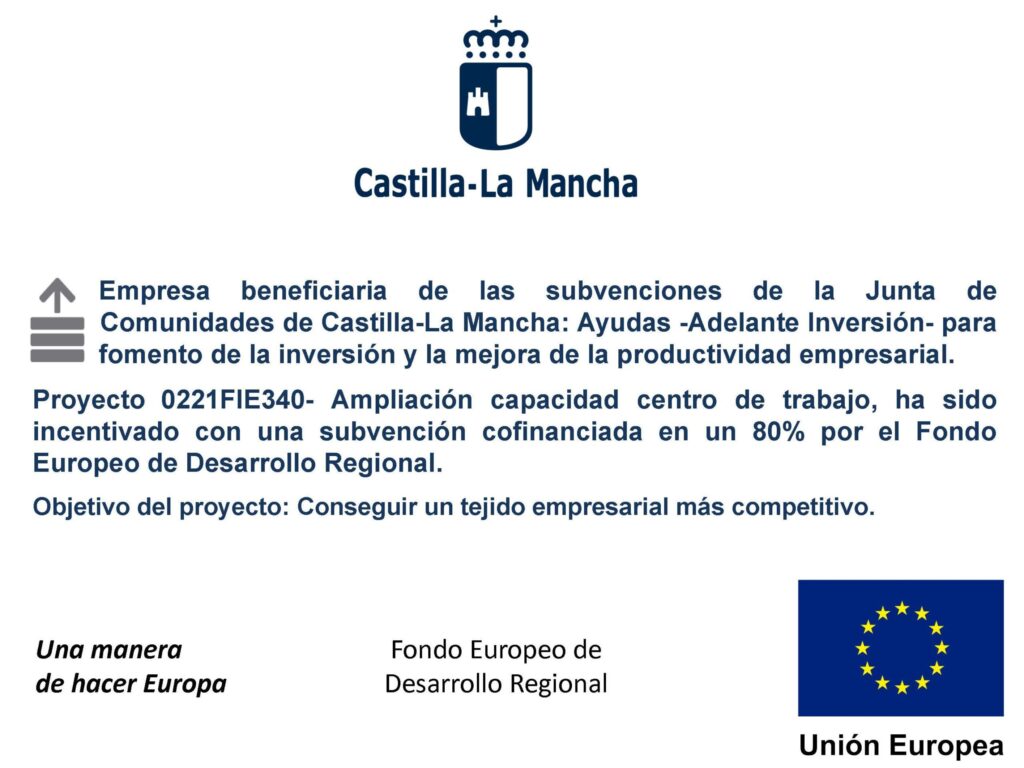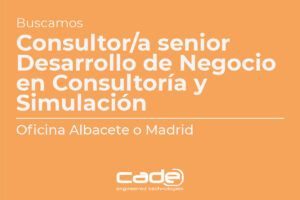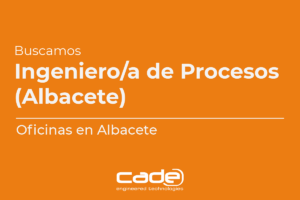In CADE, we have a tremendous passion for advanced engineering. Designing and implementing a new process is one of the most challenging tasks that a company may face, especially if your resources are limited. Personally, I think it also is one of the most rewarding.
What a successful R&D strategy should be like? And, focusing on us, what a small company R&D strategy should be like to succeed? The answer for both questions is far from being clear. Up to now, our current strategy is delivering fantastic results, which encourages me to keep seeking for excellence in my everyday work.
Even though it can well help our competitors, I would like to share how my colleges and I have managed to transform fresh ideas into successful pre-industrial plants, or even how we came up with the fresh ideas that have lead us to our brand new industrial developments.
I am especially proud about a novel process that we are about to launch at a commercial scale, as well as the journey since the R&D project started to its current status.
A couple years ago, as we were undergoing a contract for a client, we came across with a tricky bottleneck. Our client needed to get rid of an aqueous and hazardous residual that could only be processed by a drying process. We evaluated the possible technological solutions that were available in the market at that time; dryers had only been developed for the pharmacy and agricultural industry. Both industries have to meet demanding purity standards, which essentially meant for us that the only commercial solutions were unaffordable for our client.
Et voilá! As simple as that, without even seeking for it, a new opportunity had suddenly appeared. Our R&D Board one day purposed us this bold idea: Let us develop a new drying technology that should be inexpensive and suitable for processing waste flows. “Easier said than done” my colleges and I thought.
Besides, we soon discovered that there also were other market niches for our just born R&D project: valorizing fluid flows containing valuable solid particles, industrial processes needing precise grain size control and applications in the field of nanoparticles production.
Later on, I realized that we had made the choice that every coach recommends: industrial R&D should fulfill a need. We hit the nail on its head.
Ok, now you my dear reader know how to obtain the idea and surely the market in which you will try to sell it, now what? Our lema has always been “keep it simple”. My advice is short and precise: stick to our lema.
We first focused on simplifying the existing drying technologies and adapting them to the markets in which they would be sold. Then it came the challenging part.
Old school engineering is simple, it works only under certain conditions and it has no uncertainties. Old school engineering is boring.
The process essentially needs high rates of heat transfer that ensures that the water and the hazardous residuals and or the solids divide. Our competitors achieve the separation employing high pressure pumps and nozzles along with costly distributors, bringing about pricey facilities.
Instead of the exiting approach, we sought for high contact surfaces and high turbulence in the chamber in order to ensure a more efficient mass transfer so that dryer is able to employ sources of heat at medium-low temperatures.
We reengineered the hot flue gas injection to the chamber and the chamber itself, achieving a >99,5% purity in the processed water and a dry pulverized dust, which can be reused or send to further processing and, on top of that, we have managed to reduce dramatically investments and O&M costs with respect to other drying technologies. We obtained financial support from CDTI and implemented the pre-industrial facility, which has been working for a year in Logroño, La Rioja (Spain).

These three vials show the performance of our new technology. Heavy grains of Clorhide Sulfure (lower vial) was solved in water (middle vial), after processing the solution, the clorhide sulfure was recovered in form of dry dust (upper vial), which grain size was significatively inferior to the intial one.
What did I want you to learn from our history? That our success laid on our predominant client approach and on directing our decisions following our principia: high energy efficiency and simplicity.
If you would like to learn more about our new drying technology INNOSPRAY or its results, do not hesitate in contacting us.
